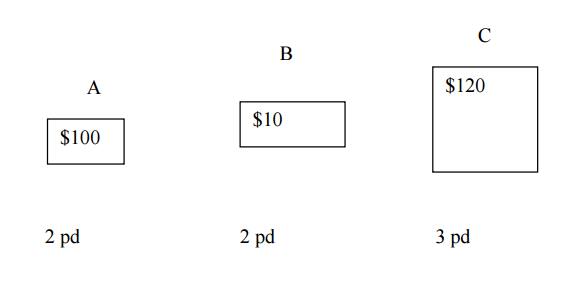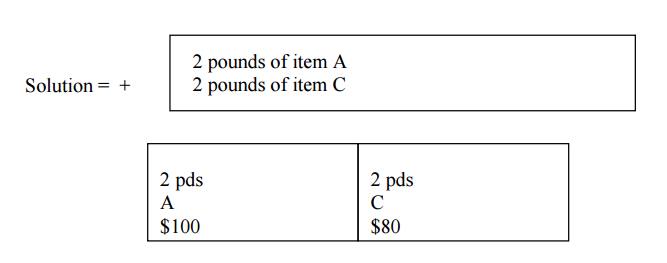Chapter: Analysis and Design of Algorithm : Divide and Conquer, Greedy Method
Knapsack Problem or Rucksack Problem
KNAPSACK PROBLEM
The
knapsack problem or rucksack problem is a problem in combinatorial
optimization: Given a set of items, each with a weight and a value, determine
the number of each item to include in a collection so that the total weight is
less than a given limit and the total value is as large as possible. It derives
its name from the problem faced by someone who is constrained by a fixed-size
knapsack and must fill it with the most useful items.
The
problem often arises in resource allocation with financial constraints. A
similar problem also appears in combinatorics, complexity theory, cryptography
and applied mathematics.
The
decision problem form of the knapsack problem is the question "can a value
of at least V be achieved without exceeding the weight W?"
E.g.
A thief
enters a store and sees the following items:

His
Knapsack holds 4 pounds.
What
should he steal to maximize profit?
Fractional
Knapsack Problem
Thief can
take a fraction of an item.

GREEDY TECHNIQUES
The
greedy approach suggests constructing a solution through a sequence of steps,
each expanding a partially constructed solution obtained so far, until a
complete solution to the problem is reached. On each step—and this is the
central point of this technique—the choice made must be
•
Feasible, i.e.,
it has to satisfy the problem‘s constraints.
•
Locally
optimal, i.e., it has to be the best local choice among all feasible choices available on that step.
•
Irrevocable, i.e.,
once made, it cannot be changed on subsequent steps of the algorithm.
Related Topics